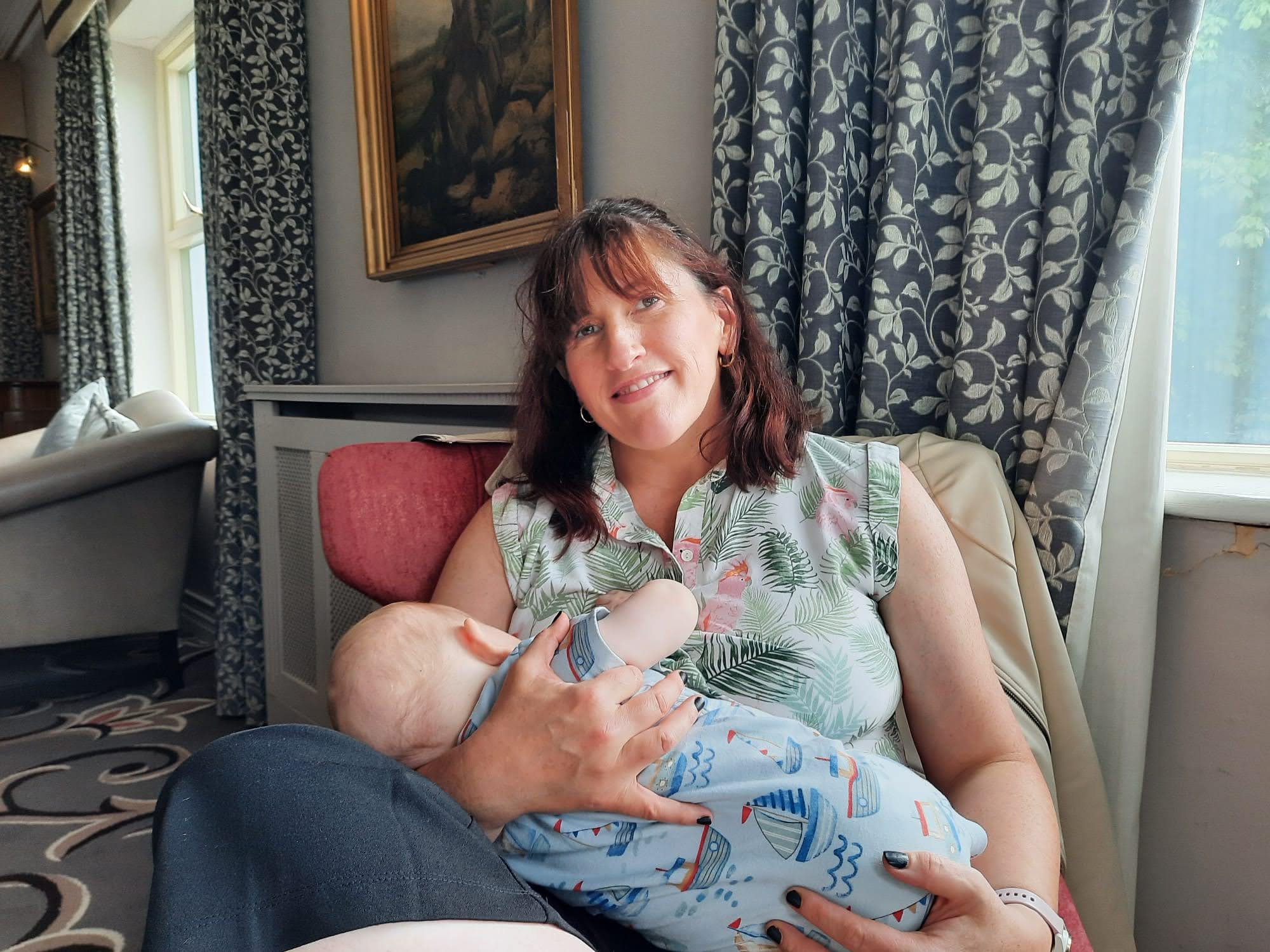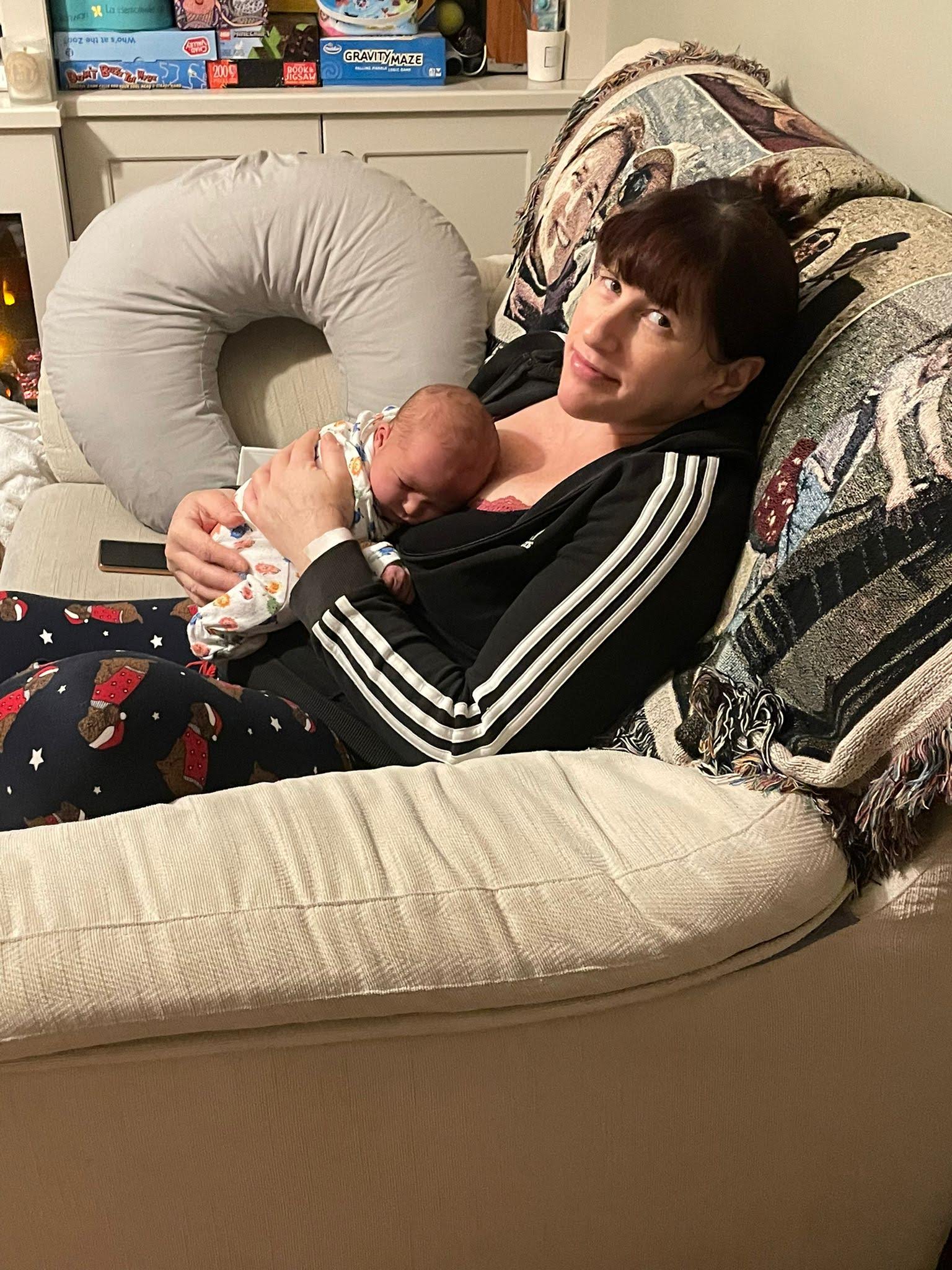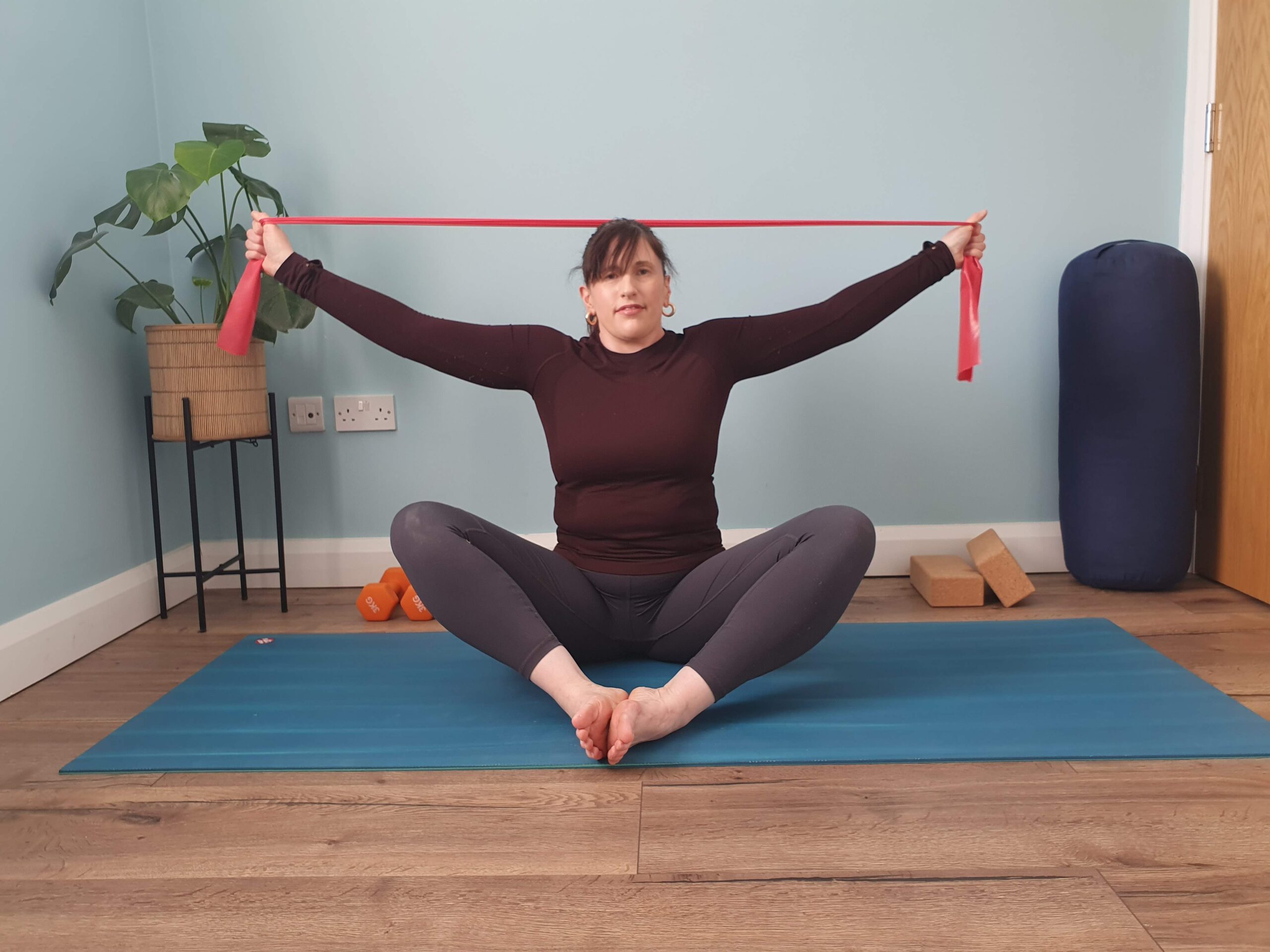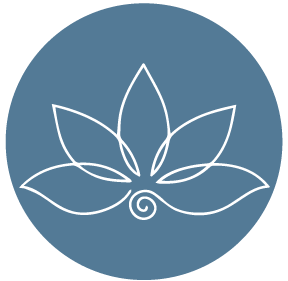I’ve been teaching baby massage for over nine years now and have had the pleasure of massaging my own child (now 10 years old) every night until she was around 14 months old. This experience, along with my many years of teaching experience has allowed me to truly appreciate the many benefits of baby massage.
I’m currently 31 weeks pregnant, and eagerly anticipating massaging the new baby when they arrive. Additionally, I can’t wait to teach my 10-year-old the art of baby massage, fostering a beautiful bonding experience between them and their new sibling through this soothing routine.
There are so many good reasons to massage your newborn including bonding, relief from wind, colic, constipation and teething pain and emotional security. But one of the main topics of conversation in the classes I teach is sleep, and in particular, how to help your baby get enough sleep, and how to get enough sleep yourself. A good night’s sleep is essential for both babies and parents. Of course that doesn’t mean any night time wakings, because night time wakings for food and cuddles are normal and even protective for babies, but it does mean, soothing to sleep easier without added discomforts that might otherwise keep your baby awake longer than necessary. Yet, achieving peaceful nights and naps can be a challenge, especially for new parents. In the quest for better sleep, one powerful, gentle and baby-centred tool that often gets overlooked is the magic of baby massage. In this post, I will explain how incorporating baby massage into your bedtime routine can aid bonding and lead to more relaxation and better sleep.
The Magic of Gentle Touch: Why Baby Massage Matters
Gentle touch has a profound impact on babies. It’s more than just a simple massage; it’s a way to communicate love, security, and trust. This gentle, nurturing touch is a language that transcends words and resonates deeply with babies.
From the moment a baby is born, their world is a sensory wonderland. Through gentle touch, babies receive and convey a multitude of messages. A soft stroke can reassure them, a tender caress can express love, and a soothing massage can provide comfort and encourage relaxation. It’s a non-verbal exchange that forms the foundation of the parent-child bond.
Babies are acutely attuned to the world around them. The gentle touch of a parent’s or primary caregiver’s hand offers reassurance and emotional security. It signals to the baby that they are cherished and protected, establishing a sense of safety that is vital for their emotional development.
When done correctly and with consent, the act of baby massage nurtures trust and attachment. When parents or caregivers engage in gentle touch, they are not only meeting the baby’s physical needs but also fulfilling their emotional ones. The consistency of this tactile interaction forms a strong bond between the baby and their caregiver, creating a sense of trust that endures through infancy and beyond.
How does Baby Massage help your baby sleep: The Science Bit
The science behind how baby massage helps babies sleep is multifaceted and is linked to several physiological and psychological mechanisms. Understanding these underlying processes can shed light on why baby massage is effective in promoting better sleep:
Release of Oxytocin: Oxytocin, often referred to as the “love hormone” or “bonding hormone,” is released during positive and intimate interactions, including gentle touch and massage. When a baby is massaged, their body often produces higher levels of oxytocin. This hormone fosters bonding and emotional connection between the parent and the baby, creating a sense of safety and trust, which can promote relaxation and better sleep.
Reduction in Stress Hormones: Baby massage has been found to reduce the levels of stress hormones, such as cortisol, in both parents and infants. When stress hormones are lowered, it helps create a more relaxed and soothing environment, making it easier for the baby to fall asleep and stay asleep.
Improved Circulation: Gentle strokes and kneading movements during baby massage enhance blood circulation. Improved circulation helps transport oxygen and nutrients more efficiently to the baby’s cells, promoting overall health and relaxation, which can contribute to better sleep.
Regulation of the Autonomic Nervous System: Baby massage can help regulate the autonomic nervous system, balancing the sympathetic and parasympathetic branches. The parasympathetic nervous system is associated with relaxation and rest, while the sympathetic nervous system is responsible for the “fight or flight” response. By stimulating the parasympathetic system during massage, babies are more likely to enter a state of calm conducive to sleep.
Reduction in Gastrointestinal Discomfort: Massaging a baby’s tummy in particular can help alleviate digestive discomfort. This includes reducing colic, gas, and constipation, which are common reasons for babies waking up during the night. By easing these discomforts, baby massage can lead to longer and more restful sleep.
Sensory Stimulation: Baby massage provides sensory stimulation through skin-to-skin contact, which can positively affect an infant’s sensory development. A well-stimulated baby is more likely to become fatigued and fall asleep more easily.
Rhythmic Movements: The rhythmic and repetitive movements during massage can mimic the comforting sensations of being in the womb. These familiar movements can trigger a relaxation response in babies and promote sleep.
Enhanced Parent-Child Bond: The strong emotional connection and trust established through baby massage can have a soothing effect on the baby. When babies feel secure and connected to their caregiver, they are more likely to relax and fall asleep easily.
Creating a Tranquil Bedtime Routine: A Step-by-Step Guide
Building a peaceful and soothing bedtime routine that seamlessly integrates the benefits of baby massage is a wonderful way to enhance the quality of sleep for both your baby and yourself.
Step 1: Sign up for your local Baby Massage class and learn the techniques along with the philosophy behind the massage. Make sure your class is under the umbrella of The International Association of Infant Massage (IAIM) and Baby Massage Ireland (BMI) and that your instructor is a certified infant massage instructor (CIMI). That way you know you are signing up for a quality, baby centred course with a qualified instructor and that you will be able to claim some or all of the cost back from your health insurance policy.
BMI courses are cue-based and baby-led. This means we teach you the importance of working with your baby – how the massage is something you do together, not something you do to your baby. How to build that trust and learn to read the non-verbal cues your baby is giving you all the time.
Step 2: Set the Stage Choose a quiet, dimly lit room where you and your baby can unwind without distractions. Make sure the room is comfortably warm to prevent your baby from feeling too cold.
Step 3: Gather the Essentials Collect everything you’ll need for the massage, such as a soft blanket or towel, baby-friendly massage oil, and any soothing background music if you prefer. Having these items readily available will help the process flow smoothly.
Step 4: Pick the Right Time Select a time that works best for you and your baby. For some, this might be just before bedtime or a nap, but often your baby might be already too tired to really enjoy the massage if you wait till just before bed. I often recommend doing the massage 30 or 45 minutes before you expect your baby will be ready to fall asleep. Sometimes it can be lovely after a warm bath but other times the combination of a massage and a bath can be overstimulating, especially for younger babies. Another recommendation of mine is to alternate and do a bath one night a massage the following and so on. Every baby and every household is different. Experiment with different times until you find what works for you and your baby.
Step 5: Building Routine and Consistency: Consistency is vital. Stick to the routine you’ve established, as it provides a sense of security for your baby. Over time, they will come to associate these bedtime or naptime massages with relaxation and sleep, making the process even more effective. Creating a tranquil bedtime routine with baby massage as a centrepiece is a beautiful way to enhance the quality of sleep for both you and your baby.
My daughter relaxing after one of her massages
Partner Involvement: Building a Stronger Family Bond at Bedtime
Baby massage is not an exclusive activity for one parent; it’s an opportunity to involve partners and build a stronger family bond during bedtime routines.
Incorporating both parents into baby massage sessions allows for shared responsibility in caregiving. It promotes a sense of teamwork, where each partner plays a significant role in the baby’s well-being. This shared experience not only strengthens the bond between parents but also conveys to the baby a unified front of love, care, and support.
When both parents are actively involved in baby massage, it reinforces the parent-child bond. It demonstrates to the baby that they are deeply loved and cared for by both Parents. This duality of affection instils a sense of security and trust in the child, setting the stage for a strong parent-child relationship.
Making baby massage a family affair can extend to siblings as well. If you have older children, involving them in the process can be a wonderful way to strengthen sibling bonds. It teaches older siblings responsibility and provides them with opportunities to connect with the new addition to the family.
Typical Baby Massage class set-up
Practical Tips for Partner Involvement To make baby massage a family affair, it’s important to communicate and coordinate with your partner. Choose a time that works for both of you and decide on each person’s role during the massage. Both parents should not be massaging the baby at the same time – that can be too confusing and overstimulating for the baby. Be patient and supportive of each other’s techniques, as each parent may have their own style.
So if you are a new parent or have a baby on the way – get researching where your local class is. Baby Massage is such a special and important class to do with your newborn – with many profound and long lasting benefits for you and your baby – you really don’t want to miss out.
If you have any questions at all about Baby Massage do not hesitate to contact me – claire@stretchityoga.ie




